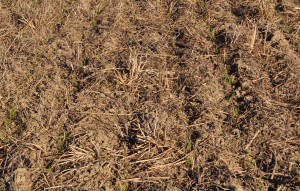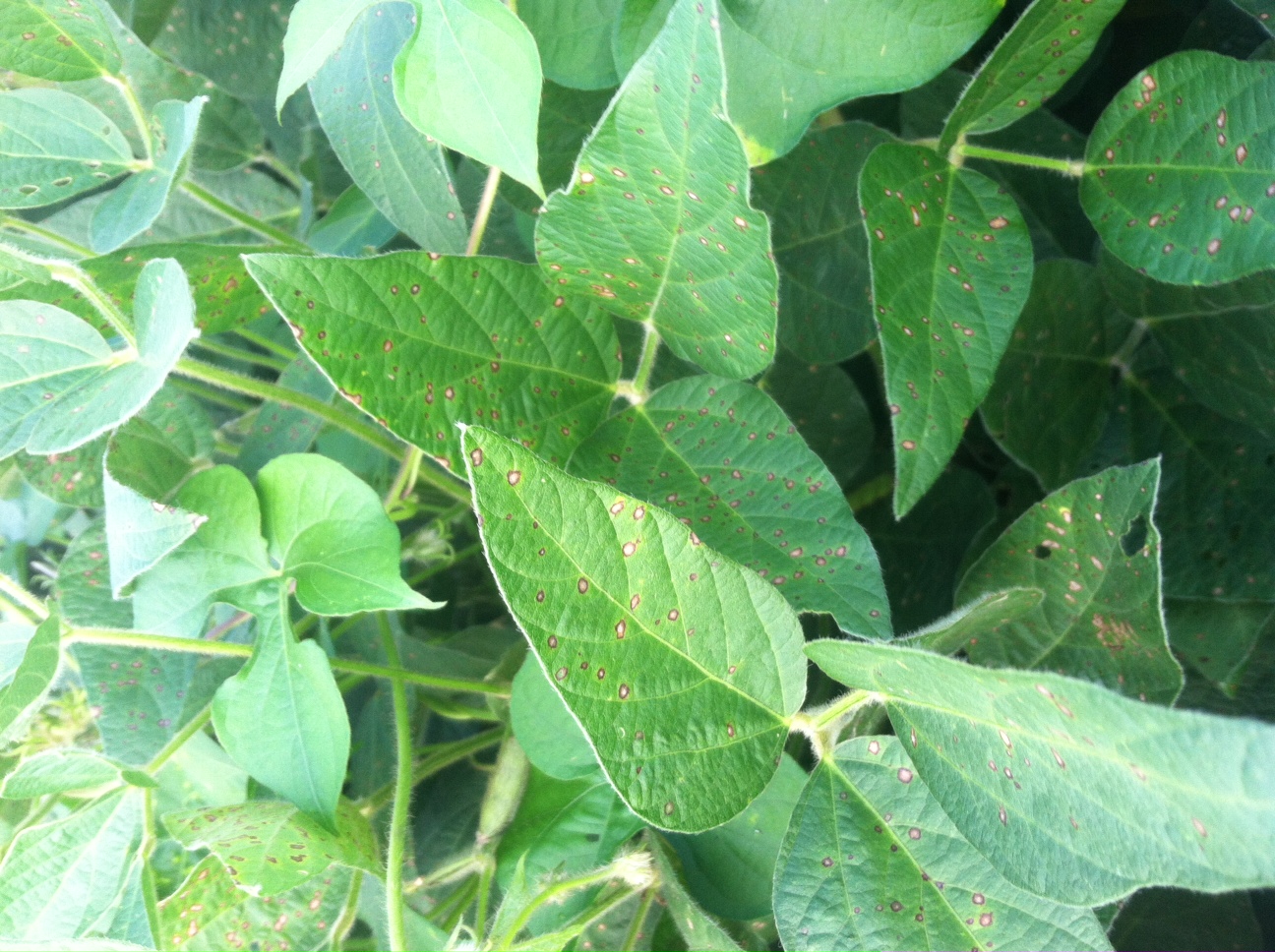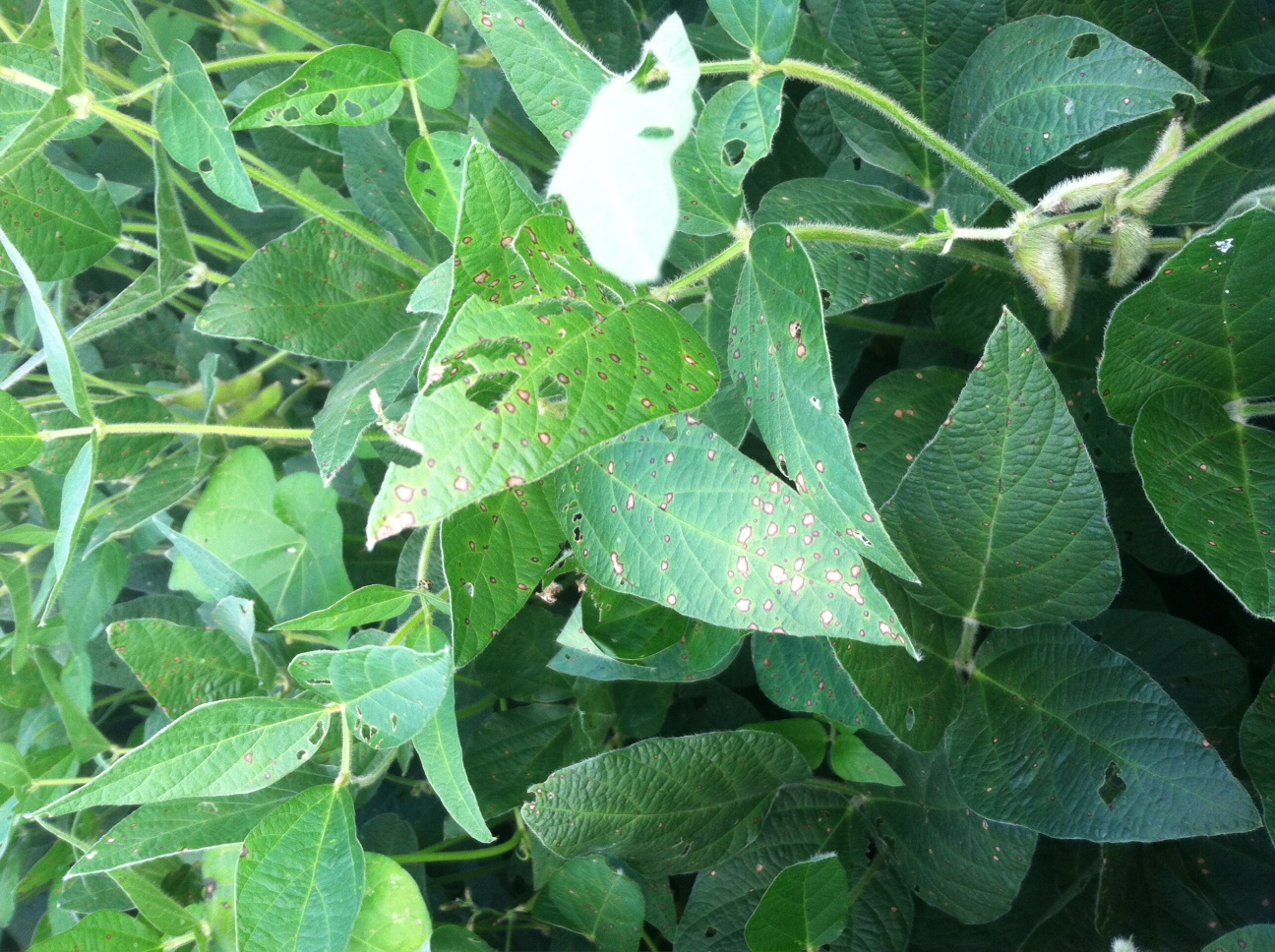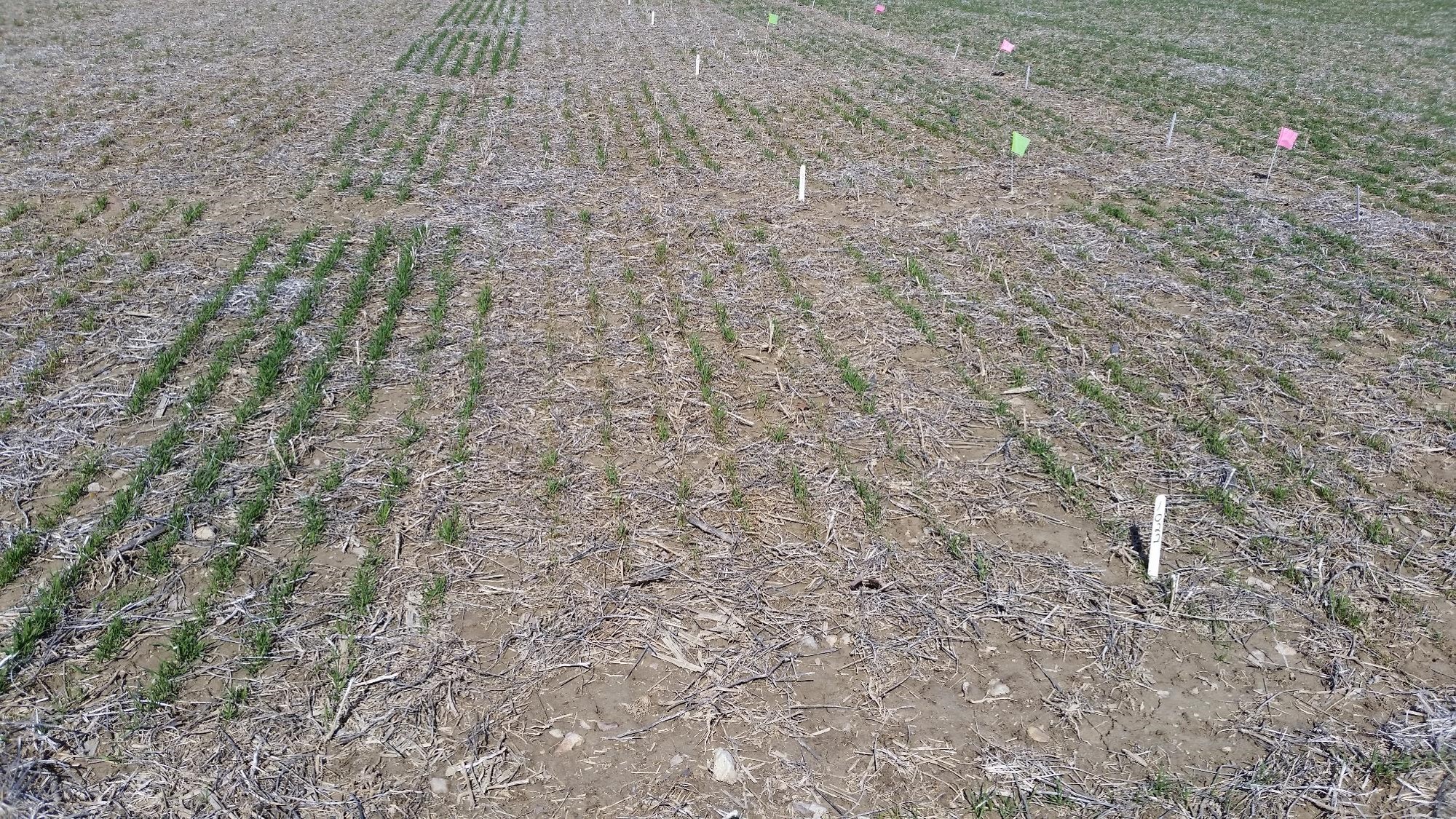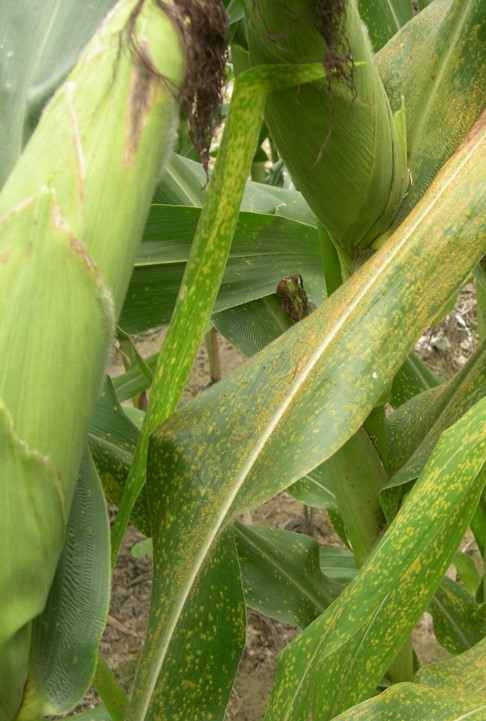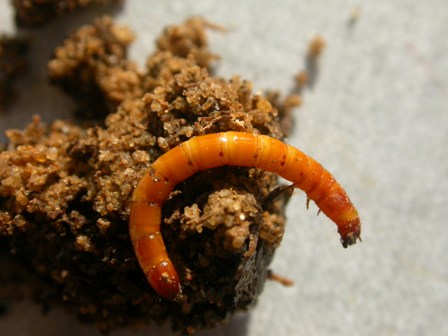With harvest in full swing, it is hard not to forget about weed control in wheat. Primarily of concern is herbicide-resistant Italian ryegrass. In the past, ACCase- (Hoelon) and ALS-inhibiting (PowerFlex and Osprey) herbicides provided control of this weed. However, Italian ryegrass biotypes resistant to these products have developed, but that is not to say these herbicides will no longer work in your area. For example, Osprey is still effective throughout most of Eastern North Carolina, but once you move into the Piedmont, ryegrass control by Osprey is hit or miss. In areas with known ALS-resistant Italian ryegrass, Zidua is suggested delayed-preemergence. Delayed-preemergence means 80% of germinated wheat seeds have a shoot at least ½-inch long. If applied prior to this stage, injury may occur. Zidua is a seedling-shoot inhibitor and will not control emerged weeds, therefore, it is important for fields to be clean prior to application. Axiom applied spike (applied preemergence, Axiom can cause severe injury) also controls Italian ryegrass if a timely activating rainfall is received following application. Another option on no-till or minimum-till fields (where stubble from previous crop has not been incorporated) is Valor SX applied preplant. Valor must be applied at least 7 days prior to wheat planting and should be applied in combination with either paraquat or glyphosate to control emerged weeds. Tillage should not be performed after Valor SX is applied. Italian ryegrass control by Finesse is variable and growers should expect only suppression. If Finesse is applied, plant only STS-soybean following wheat harvest. Postemergence options for Italian ryegrass include Axial XL and Osprey. Although most Italian ryegrass is Hoelon-resistant, Axial XL (also an ACCase-inhibiting herbicide) still seems to work in most areas. Osprey may also control Italian ryegrass in areas yet to develop resistance and will also control small bluegrass.


